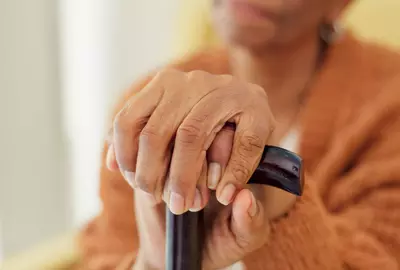The challenges facing many women in fulfilling their career potential are often referred to as ‘breaking through the glass ceiling’. Within the construction industry in Australia, these challenges would better be described as attempting to smash through a concrete wall.
Construction continues to be the most male-dominated major industry in Australia, where the proportion of women working in the sector has sadly fallen over the past 20 years (12% in 2018 compared to 13.8% in 1998). To conflate the issue, the women who work in the sector are mainly clustered in support roles such as admin or HR, rather than on-site or senior management.
In our Women In Construction report, Randstad commissioned a survey of 710 Australian men and women who are currently or have been working in the construction and engineering sector. The report looks at why boosting the number of women working in construction is a commercial as well as a moral imperative. We also look at what’s holding up progress and how these barriers can be overcome.
Findings from Randstad’s 2019 Women in Construction Report show that nearly two-thirds of the women surveyed (60%) have experienced gender discrimination at least once, and over a third (37%) of female workers have experienced inappropriate behaviour from a male colleague.
Additionally, 1 in 5 (22%) women said they believed they have been passed over for a promotion or senior leadership positions because of their gender, rather than as a reflection of their skills.
According to the research, more than a third (38%) of women felt a lack of gender diversity was a contributing factor to leaving or being reluctant to enter the industry, and 4 in 10 (39%) indicated that a lack of female role models in senior positions was a key barrier to progression.
The research focuses on how organisations can encourage more women to not only join these traditionally male-dominated industries but to stay with them.
When asked to rank the top five factors that might attract more women to join or stay in the industry, opportunities for career progression was ranked first, followed by equal pay, meaningful work, learning and development opportunities and flexible working hours.
over a third (33%) of female workers also believe there simply aren’t enough opportunities for career development.
Harriet Oldmeadow and Elizabeth Brookes, Senior Construction Lawyers and New South Wales Co-Presidents of the National Association of Women in Construction* (NAWIC), said they are proud to partner with Randstad to raise awareness around the problem of discrimination towards women, which persists in the construction industry.
"Randstad’s report identifies critical issues affecting not only women but also men working in the sector, which is driving an unsustainable work culture. The personal stories behind the findings, which we hear on a regular basis, are alarming and, quite often, very sad.
“Together with Randstad, we’re committed to ensuring these issues are on the radar at every level of the construction supply chain, to make a positive change for the present and future workplace.”
Construction, Property and Engineering, National Director, Nick Pesch, said creating a diverse and inclusive workforce takes time and the right people, and with Randstad’s ongoing support positive impact has been reported within the industry.
Yet we must urge businesses within the CPE sector to recognise the obstacles that women are facing to enact real change.

At Randstad, we’ve been supporting women to find new work and career opportunities within the construction industry for over 25 years. It’s a testament to all those supporting female workers in Australia, that 72% of male and female respondents have seen a positive shift over the past 6 years in the way women within the CPE sectors are treated.
We can see that by raising awareness around these issues, employers are starting to sit up and take action. By keeping this conversation alive and bringing these issues to the forefront, we can make a real difference for the entire industry.
Receive your women in construction report.
download the report


